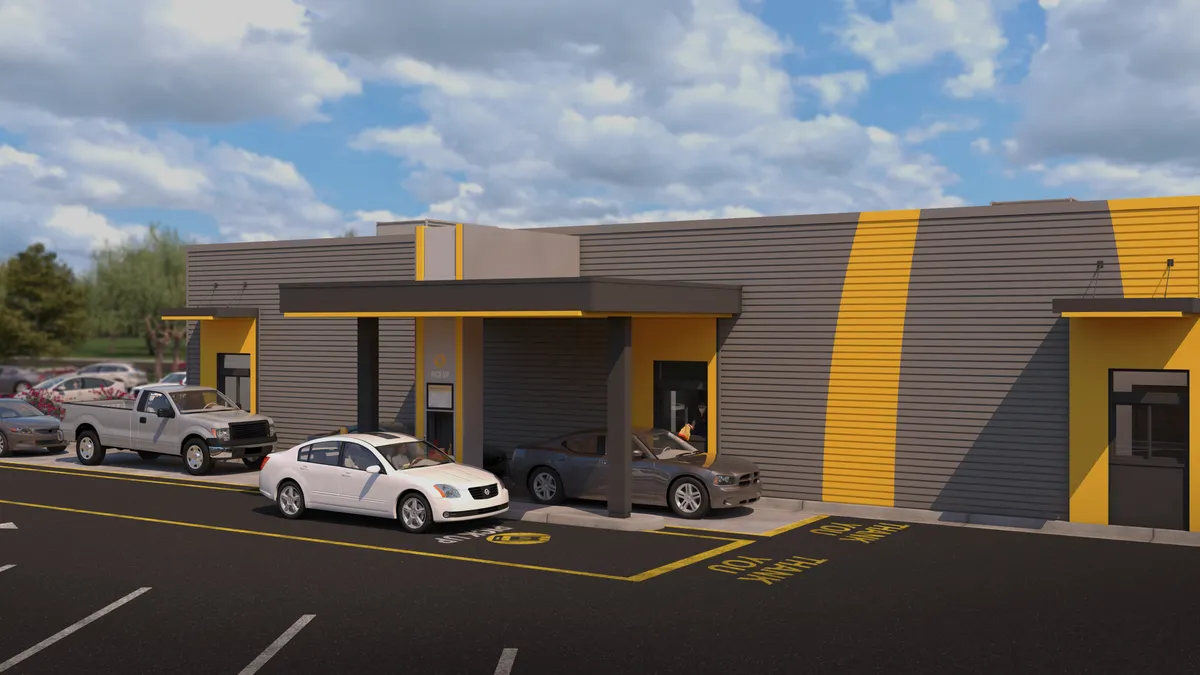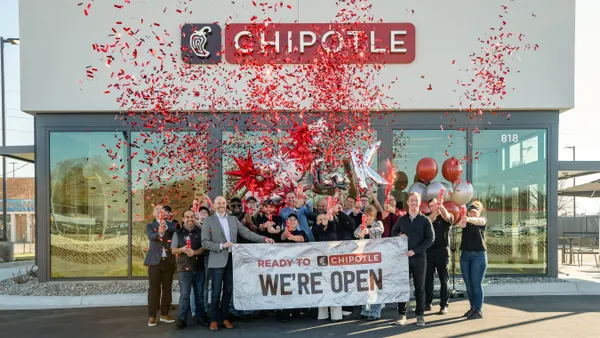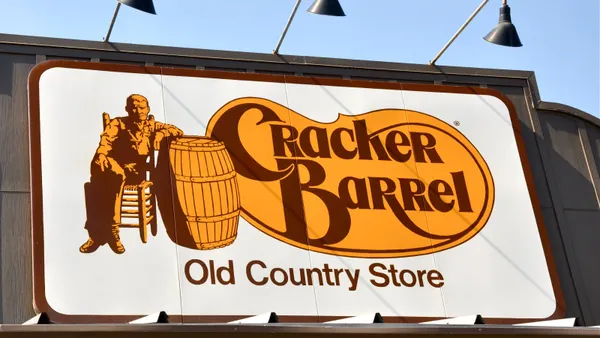Dive Brief:
- McDonald’s drive-thru voice ordering accuracy rate at 24 Illinois restaurants was in the low 80% range, which is below the 95%-plus order accuracy rate the company wants before broader adoption, per a BTIG report emailed to Restaurant Dive
- Despite lower accuracy rates than predicted, BTIG said voice ordering technology is “evolving rapidly” and could be ready for wider adoption later this year.
- McDonald’s initially began testing voice ordering at the drive-thrus of 10 Chicago restaurants last year after its acquisition of Apprente. At that time, CEO Chris Kempczinski predicted voice technology would be scaled across the system in the next five years.
Dive Insight:
Several AI voice players are ramping up their technology across the restaurant industry. Checkers & Rally’s has deployed AI drive-thru tech from Presto and Valyant AI, while Sonic, White Castle, Lee’s Famous Recipe Chicken and Wendy’s are also experimenting with AI ordering.
Presto claims its accuracy rate has reached 95%, while also generating a 20-second improvement in throughput and a reduction in labor by about nine hours a day, BTIG said. If McDonald’s technology can achieve those numbers for a broader rollout, as expected, it could have a major impact on the business given its scale of nearly 14,000 restaurants in the U.S.
The reduction in labor hours is especially appealing as restaurants continue to struggle with workforce gaps. According to the National Restaurant Association, the industry remains about 6.4% below pre-pandemic employment levels as of April.
“Labor turnover and availability remains a significant challenge for operators,” BTIG analyst Peter Saleh wrote in the note.
To help save on labor, McDonald’s trimmed some menu items, but automation could be a better long-term solution. It could reduce labor costs as those nine hours a day are longer than an average shift. During its April earnings call, McDonald’s noted its labor inflation has increased by over 10%.
Automation “gives you a speed of service opportunity positioning that has labor benefits. So it can change … the entire unit economic profile for the better of what a restaurant looks like,” Kempczinski said during that call.
He added the company is still “very early on this.” BTIG, however, said McDonald’s technology efforts and restaurant upgrades place the chain ahead of its peers.
Indeed, McDonald’s has sharply focused on its digital infrastructure in the past few years to maintain an edge, including a nationwide rollout of its loyalty program. It is also looking to automate other parts of its operations, including in the kitchen, though no widespread deployments have happened yet.











